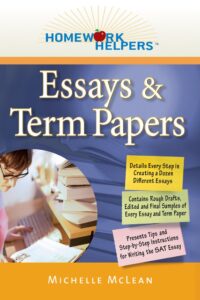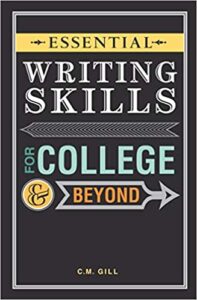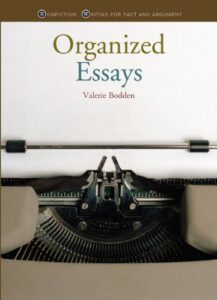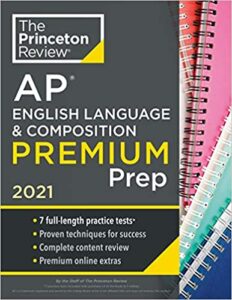LIBRARY BLOG
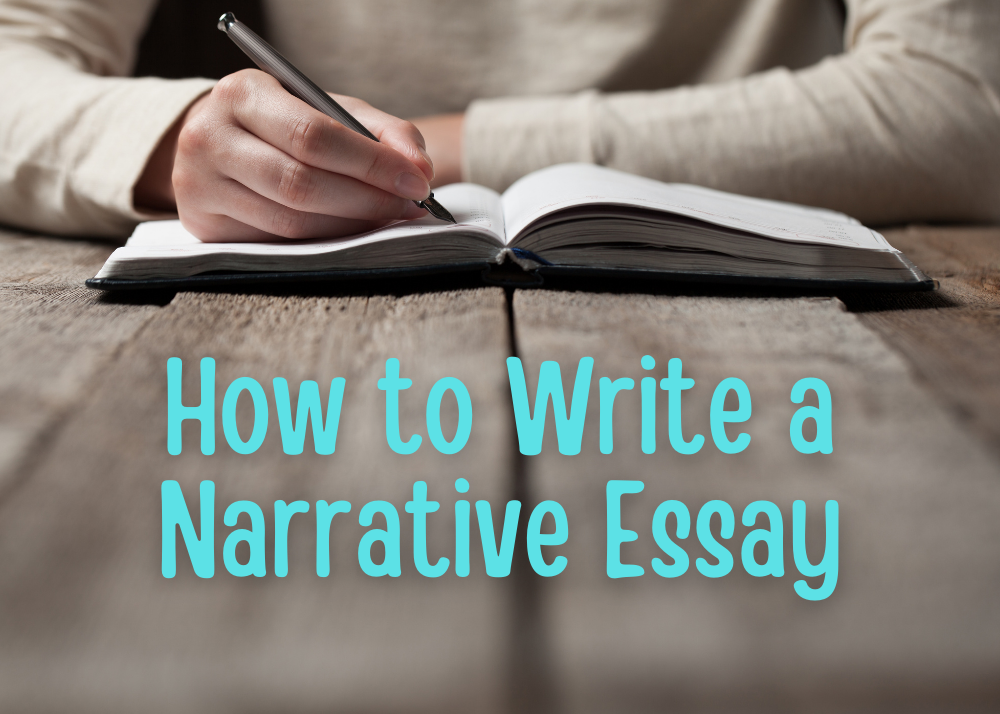
What is a narrative essay?
Unlike most academic essays, a narrative essay allows you to be creative and personal. It is best to think of a narrative essay as writing a story, so your essay must contain all parts of a story such as an introduction, characters, plot, setting, climax, and conclusion. Also, be sure to separate your essay into parts, or paragraphs. This is a way to keep your thoughts separated and help your reader understand your story. It is acceptable to divide your story at minimum into three parts: beginning, middle, and end.
It is also acceptable to use the pronoun “I” if your essay is about a personal experience, but do not overuse this. In formal writing you typically will not use pronouns such as I, me, my, and we because it can make your writing less formal and too wordy. Also be sure to keep in mind point-of-view—this should stay consistent throughout the essay. There are three points of view a writer can choose from: first person, second person, and third person. For example, if you are writing about yourself and using the word “I” you are writing in first person.
When should you write a narrative essay?
Your teacher will tell you which type of essay you are required to write, there are four types of essays: narrative, informative, persuasive, or augmentative. It is important to follow any guidelines your teacher provides for your assignment. Remember, you want to keep your writing about a central theme.
If you are not sure what type of essay to write but the prompt asks you to talk about a personal experience then you are most likely writing a narrative essay.
How to choose your topic:
Like all writing assignments it is best to choose a topic or experience you are passionate about. Your teacher will give you a prompt, so your goal is to choose a topic or theme that fits within that. For example, if the prompt is, “what is the novel that had the most impact on you” then your essay should be about a book you have read, NOT a movie, tv show, or magazine.

How to choose a theme:
Staying on theme is a vital component of all writing. Theme is the purpose of your essay or the main point you are trying to make. Theme can range across many ideas, such as compassion, loyalty, honesty, love, death and dying, importance of family, friendship, or redemption. When choosing a theme, you should use what relates to your story the best.
For example, if my chosen novel is The Hungar Games by Suzanne Collins my theme would be independence because Katniss, the main character of the novel, shows true independence and confidence in herself to save her sister by volunteering to go to the games in her sister’s place. I would also explain in my essay how Katniss has inspired me, personally, to be more independent in my own life and to stand up for what I believe in no matter the cost. Because this is a narrative, personal essay my story will focus on my first day as a freshman in high school and how Katniss’s independence and self-confidence inspired me to stand up for a fellow student being bullied on what was already a stress-filled day of meeting new teachers and searching for classrooms.
How do I get started?
Well, after reading this guide you already have a great start, so take a deep breath and grab your notebook! Once you have chosen your topic and settled in on a theme, you can begin filling in your outline. Your outline is vital to creating a great essay because a solid structure will help your reader to best understand the point you are trying to make.
Your outline is going to be very different from your final draft. This is the place where you organize your thoughts and take note of any subpoints you want to make throughout your essay. Your outline does not need to be in complete sentences nor do you need to include every single detail you plan to put in your essay. Your outline is merely a visual guide to keep your thoughts in order.
How do I format my final draft?
The standard format for English essays is called MLA. This format requires:
- 12-point Times New Roman font
- Double space throughout the entire essay
- 1-inch margins on left, right, top, and bottIndent the first word of each paragraph
- Number pages consecutively in the top, right corner next to your last name
- Left-aligned heading with the following information: your name, instructor’s name, class name, and the date you are submitting your work
- Center your title beneath your heading—do not italicize, bold, underline, or write in all caps.
- Begin your first paragraph by indenting on the line below your title

Conclusion
Read your essay . . . and reread, then read it again. After you have read and edited your essay have someone else read through your essay. A lot of times things will “sound” right to you but not to someone else. The more yourself and others read through your essay the more likely you are to find and fix mistakes before submitting it to your teacher. Your goal in writing is always to get your point across with as few words as possible.
Essay examples:
https://courses.lumenlearning.com/englishcomp1v2xmaster/chapter/student-essay-narrative/
https://www.myperfectwords.com/blog/narrative-essay/narrative-essay-examples
Recommended Books
Sources:
- https://owl.purdue.edu/owl/general_writing/academic_writing/essay_writing/narrative_essays.html
- https://www.scribbr.com/academic-essay/narrative-essay/
- https://blog.prepscholar.com/personal-narrative-essay-examples
- https://essaypro.com/blog/narrative-essay-topics
- https://owl.purdue.edu/owl/research_and_citation/mla_style/mla_formatting_and_style_guide/mla_general_format.html
-Emily Duplantis, Youth Services Clerk

